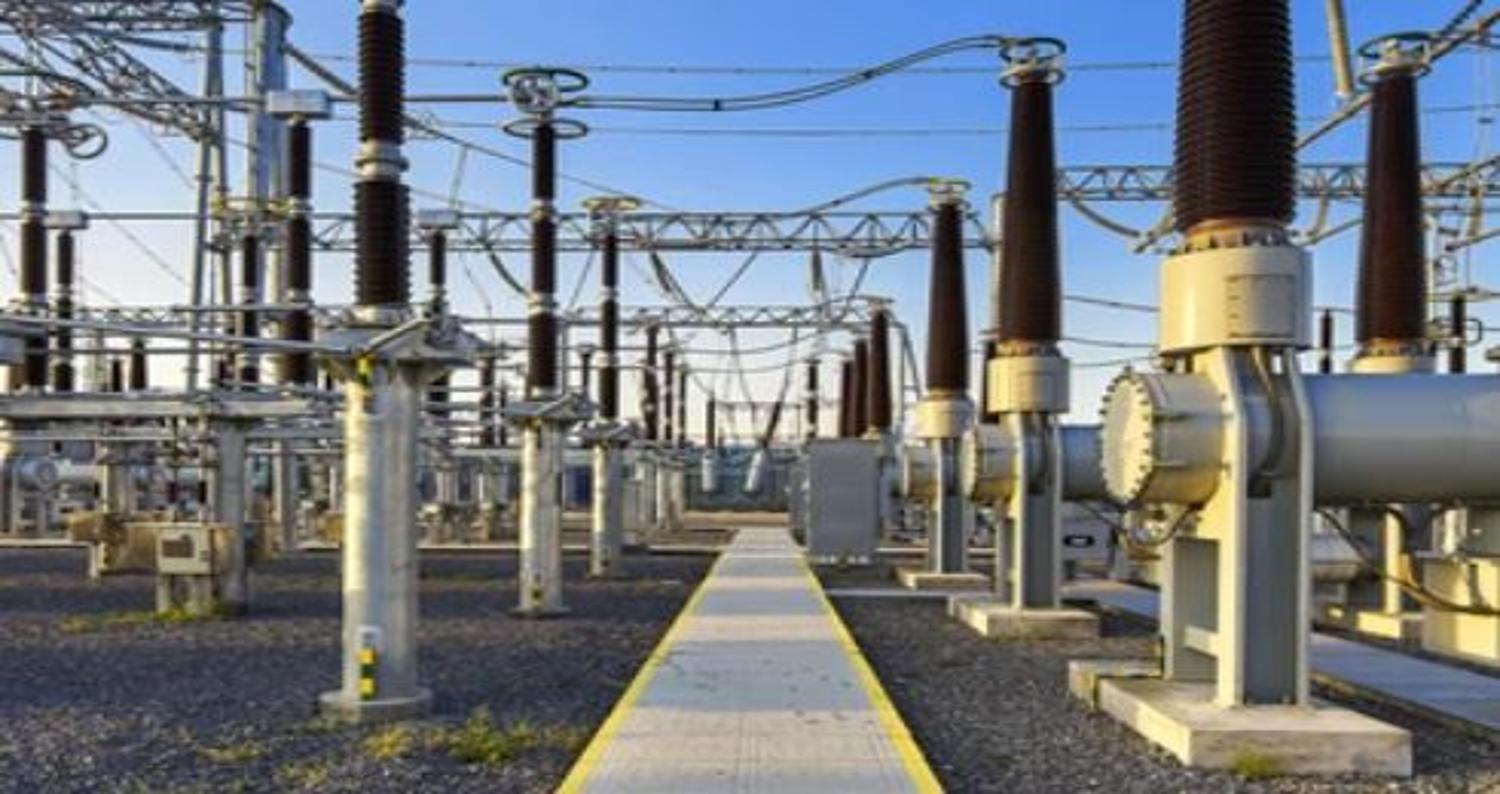
In power system engineering, a load flow study, known as a power flow analysis, is a key method. It serves to check an electrical power system’s steady-state operating conditions. The study provides information about voltage levels, power flows (active and reactive), losses, and the loading of different components in the network under given operating conditions. Load flow studies help in designing, planning, and optimizing power systems to ensure efficient, reliable, and economic operation.
Objectives of Load Flow Study
The primary objectives of a load flow study include:
- Voltage Profile Analysis: Ensuring that voltages at all buses remain within acceptable limits.
- Power Flow Determination: Calculating the active and reactive power flows in transmission lines.
- Loss Minimization: Identifying areas where power losses occur and suggesting mitigation techniques.
- Component Loading: Ensuring that generators, transformers, and transmission lines operate within their rated capacities.
- Optimization: Assisting in the planning and operation of the power system to achieve optimal efficiency and reliability.
- Fault Analysis and Contingency Planning: Preparing for potential failures by simulating different system conditions.
Elements of Load Flow Study
A power system network consists of several components that play a vital role in a load flow study:
- Buses: Points in the system where loads, generators, or transmission lines are connected.
- Transmission Lines: Conductors that transfer electrical power from generators to loads.
- Transformers: Devices that step up or step down voltages in the network.
- Loads: Consumers of electrical power.
- Generators: Sources of active and reactive power in the network.
Types of Buses in Load Flow Study
Each bus in a power system is categorized based on its function and the known parameters:
-
Slack Bus (Reference Bus):
- Provides the necessary real and reactive power balance in the system.
- Has a fixed voltage magnitude and angle (usually set as 1.0 per unit and 0° phase angle).
- Unknown quantities: Real and reactive power output.
-
PV Bus (Generator Bus):
- Specifies active power generation (P) and voltage magnitude (V).
- Unknown quantities: Reactive power (Q) and voltage angle.
-
PQ Bus (Load Bus):
- Specifies the active and reactive power demand.
- Unknown quantities: Voltage magnitude and voltage angle.
Load Flow Solution Methods
Several numerical techniques are used to solve the power flow equations:
- Gauss-Seidel Method:
- Iterative method that uses successive approximations to solve power flow equations.
- Simple to implement but has slow convergence for large networks.
- Newton-Raphson Method:
- Uses the Jacobian matrix to iteratively refine the solution.
- Faster convergence and better accuracy but computationally intensive.
- Fast Decoupled Method:
- A simplified version of the Newton-Raphson method with reduced computation.
- Suitable for large power systems.
-
Steps in Performing a Load Flow Study
- Modeling the Power System:
- Define all buses, transmission lines, transformers, loads, and generators.
- Assign per unit values to system components.
- Selecting a Solution Method:
- Choose between Gauss-Seidel, Newton-Raphson, or Fast Decoupled methods.
- Formulating Power Flow Equations:
- Develop the Y-bus (admittance matrix) representation.
- Write the nonlinear power balance equations.
- Iterative Solution Process:
- Start with initial voltage guesses.
- Use iterative techniques to solve for unknowns.
- Analysis of Results:
- Examine voltage profiles, power flows, losses, and system constraints.
- Recommend operational adjustments if necessary.

Importance of Load Flow Studies
Load flow studies are crucial for various aspects of power system operation and planning:
- System Expansion Planning: Helps determine new generation and transmission requirements.
- Operational Efficiency: Ensures optimal power dispatch and minimizes losses.
- Voltage Stability: Identifies potential voltage collapse points.
- Economic Dispatch: Assists in cost-effective power generation.
- Renewable Integration: Evaluates the impact of integrating solar, wind, and other renewables.
Challenges in Load Flow Studies
Despite its benefits, performing a load flow study presents some challenges:
- Computational Complexity: Large-scale networks require significant computing resources.
- Data Accuracy: Requires precise input data for reliable results.
- Dynamic System Behavior: Load flow studies are steady-state analyses and do not account for transient conditions.
- Non-Convergence Issues: Some methods may fail to converge for ill-conditioned systems.
Conclusion
A Load Flow Study is a fundamental analytical tool in power system engineering. It provides critical insights into power system performance, efficiency, and reliability. By understanding voltage profiles, power flows, and system losses, engineers can optimize the design and operation of electrical networks. Whether for grid expansion, renewable integration, or contingency planning, load flow studies play an indispensable role in modern power systems. With the advent of smart grids and advanced computational tools, load flow analysis continues to evolve, ensuring a stable and efficient power supply for the future.
continue reading
Related Posts
ETAP Software (Electrical Transient Analyzer Program) is a comprehensive software […]
Electrical power system studies are cardinal evaluations conducted to inspect […]



